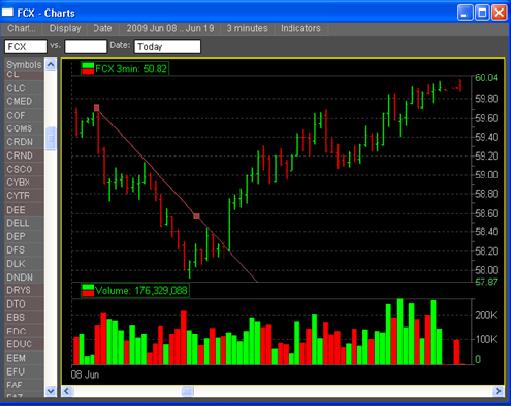



During the slowdown, the other group starts prevailing, and the trend is changed. First of all, there is a short pause, which indicates the “fatigue” of the bulls/bears. The change in the trend’s direction doesn’t happen instantaneously, though. For example, if the reversal pattern appears during a market downtrend, the trader should expect it to change its course and enter an upward movement. As their name suggests, they indicate a shift in the prevailing trend direction, and the price starts moving the opposite way. Reversal patterns are the opposite of the continuation ones. In reality, the continuation patterns can’t tell on which side we should expect a breakout.Įxamples of continuation patterns are Flag and Pennant patterns, wedges, symmetrical triangles, ascending and descending triangles, etc. This type is also known as a consolidation (sideways market) pattern. Think of continuation patterns as pauses in the general trend. Traders use continuation patterns to identify situations where the established trend will continue its direction. 5 Differences Between The S&P 500 E-Mini & The Micro E-Mini Futures.5 Things To Know About Trading E-Mini Russell 2000 Futures.Now, let’s go through their different types and find out more about their characteristics: Usually, there are two types of patterns in futures trading, but some experts argue there is a third one. We can best categorize chart patterns according to the signals they give. “The longer the pattern develops and the more volatile the price movement within is, the bigger price change you should expect once it breaks the support/resistance.”

The price swings there are much bigger, which is why many traders perform better in a downtrend.Īnd last but not least, don’t forget to remember the basic rule of thumb: It is also worth noting that usually, top patterns are shorter and more volatile than the bottom ones. If the price hasn’t formed a trend and instead it’s constantly bouncing up and down, a reversal trend can’t be formed. When it comes to futures trading, aside from knowing their shape and recognizing them on the chart, there are some other vital things that you should bear in mind.įirst of all, is the existence of a prior stable and well-established trend that sets the stage for the upcoming reversal one. To do that, they often focus on analyzing the supply and demand support and resistance levels to help spot patterns that can break or continue them. Technical analysts typically analyze charts to find patterns created by the price movements of the instrument and try to determine the market’s direction. The patterns that futures instruments’ price forms usually visualize the transitions between upward and downward market trends or their continuation. What are Stock Chart Patterns in Futures Trading? To help you become a better trader, in the next few lines, we will dive into some of the most popular chart patterns seasoned experts use to select trades, predict upcoming market shifts, and time their entries and exits. They can help the trader set the stage for his prediction about the direction in which the market will move next. Choosing the right technical analysis tools is essential for building a sustainable and efficient futures trading strategy. In this guide, we will focus on the technical side of things. Others prefer to review charts first and then validate their ideas by looking at the asset’s fundamentals to see whether they should expect a price move, the continuation, or the establishment of a new trend. Some build pricing models and validate them by looking at charts. Technical and fundamental analysis often go hand-to-hand in the strategies of successful futures traders. Depending on their style, some rely on analyzing graphs and finding stock chart patterns, while others look at fundamental factors like anticipated earnings, seasonality, commodity production costs, etc. There is a variety of factors that traders take into consideration when buying and selling futures contracts.


 0 kommentar(er)
0 kommentar(er)
